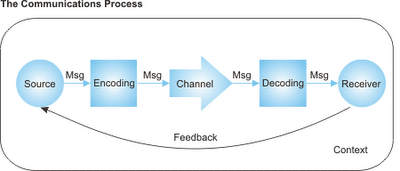When you read a passage or hear some form of verbal communication, there are linguistic features which make an impression on you. This is so because the words, graphs and symbols chosen and their arrangements are telling you something about the writer`s/speaker`s purpose and context.
The use of various linguistic, grammatical, punctuations and features to convey the overall purpose of the speaker/writer are referred to as language strategies.
In assessing the language strategy of a speaker/writer or in devising strategies of your own, you may want to consider the following:
The Linguistic Features
These refer to the grammar, syntax, and vocabulary that the writer uses to convey his intended message. Consider what the use of each of the following might mean:
- Type of language used: spoken or written, formal or informal, personal or impersonal, standard or creole?
- The vocabulary used: prosaic or florid, simple or stilted, slang or formal, repetition of key words and phrases?
- The phrasing and sentence structure: simple or complex, economical or verbose, direct or circumlocutory
- Connotative or Denotative use of language: words used emotively - to convey arouse feelings, to suggest; words used referentially - to emphasize or state factual content; words which seem to primarily about conveying facts but which are really intended to arouse emotions.
- Significant use of punctuation marks- eg. pause marks such as full stops, question signs, exclamation marks and suspension dots.
- Lay-out of the page- use of banner headlines, newspaper (column) or broad-sheet lay-out, advertising-copy layout, verse-lay-out, portrait or landscape lay-out.
- Typographical features- use of font sizes, bold face, capitals, spacing, indentation, italic/roman type.
- Use of pictures and graphics - help make written concepts plain; reinforce concepts; help to stimulate for younger readers.
Function and Purpose of the Language
Identifying the type of writing (discourse) will help you determine its function. Consider if it is narrative, expository, descriptive, dramatic, argumentative?
Read more here, on some common types of discourse and the purposes for which writers have used them.
The Context of the Language
Every time language is used to communicate meaning it takes place within a particular set of circumstances referred to as the context of use. The context influences the way language is used and it includes:
- the subject matter or content to be communicated
- the purpose for the communication
- the writer`s/speaker`s awareness of her relationship to the audience
- the way the writer/speaker wishes or expects the audience to respond
Selecting Your Target Audience
To communicate effectively with your intended target audience, you must have a `sense` of that audience. You need to know what they are like and what their expectations are. Here are some considerations:
- The age of the speaker/narrator and the effect on the audience/reader/listener receiving the communication
- The status or social background of the audience
- The knowledge background of the audience - how much or little do they know of the topic being communicated and the level of their interest.
- The presence or absence of an emotional connection between speaker/writer and intended audience - is it hostile, indifferent, cordial, intimate?
- The size of the audience being addressed - inter-personal or group communication?
- The degree to which the communication is intended to be public, private or intimate.

